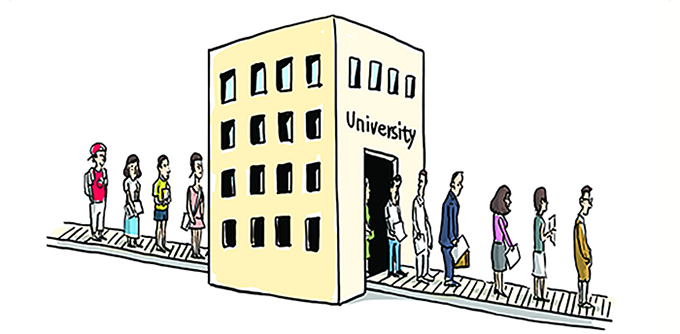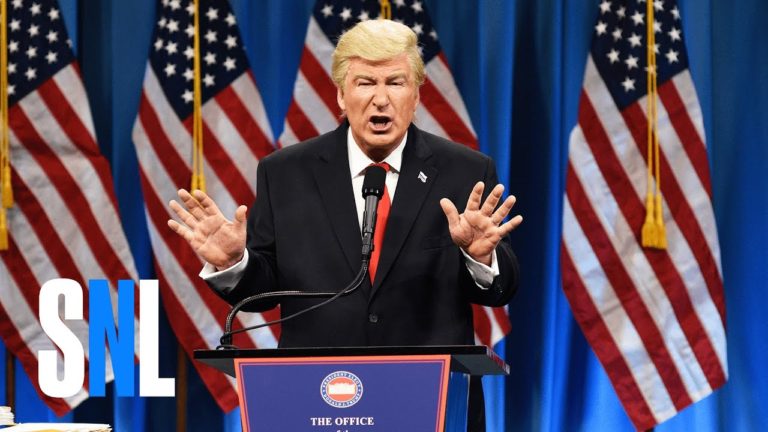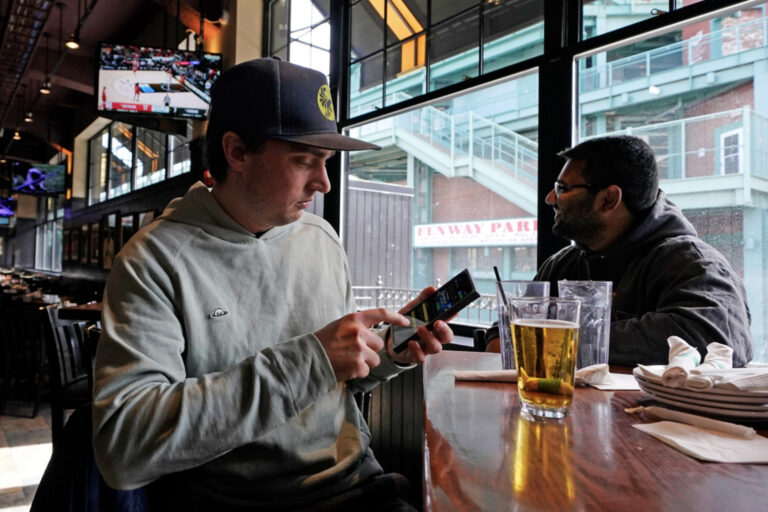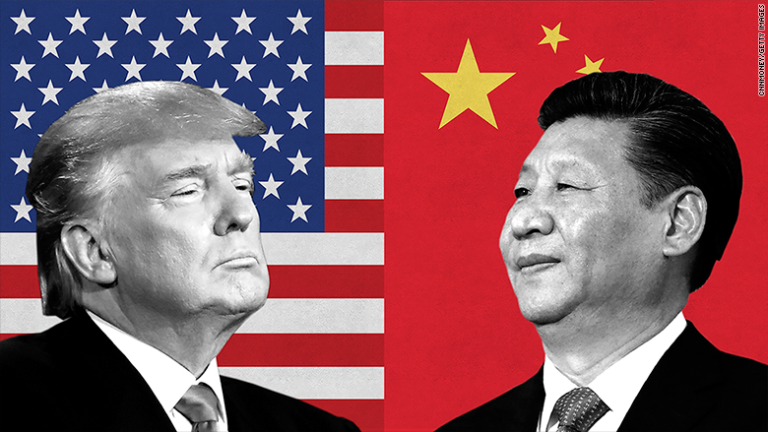
It is no secret that New York University embraces diversity by admitting students of all races and ethnicities from not only every part of America, but every part of the world. When is the university going to embrace socioeconomic diversity with the same zeal?
According to a New York Times article from 2017, the median family income of an NYU student was $149,300, and 62 percent of the surveyed class came from the top 20 percent of wealth while 11 percent came from the top 1 percent. An obvious correlation can be made between NYU’S high tuition of $60,438—or $84,540 with food and housing—and its wealthy students. But why else does such a large portion of the university’s students hail from the upper echelon of wealth, rather than there being equal representation of every socioeconomic class seen within society?
I suspect that the answer lies within social stratification: the study of social mobility and overall distribution of wealth. In America, the rich have been getting richer over time. In 1970, the upper class held 28 percent of U.S. aggregate income while the lower class held 10 percent. In 2018, the upper class’ share of income increased to a staggering 48 percent, significantly decreasing the middle class’ wealth and leaving the lower class with around the same share.

Evidently, the rich have not just been able to keep their wealth but have also significantly expanded it. This is most likely due to the social mobility afforded to the wealthy in the form of education, since upper-middle class and rich Americans naturally benefit from better educational resources than their middle and lower class counterparts.
This discrepancy is very easy to detect early on because a child’s zip code and overall socioeconomic level is one of the most significant predictors of their educational success. There are large gaps between the academic performance of students with lower and higher economic statuses, regardless of their intelligence because of the differing quality of public education afforded to children in different zip codes. Wealthier families are also able to send their children to private schools which automatically gives them better standing in the game of elite college admissions. The bottom line is that the level of educational attainment for middle class and poorer Americans leads to only a lucky few getting into elite schools, while the wealthy have more than double the chance of admission.
As an upper-middle class student at this school, surrounded by people who grew up with the same privileges I benefited from, I know how easy it is to simply ignore wealth inequality within education. However, once I started to understand the prevalence of social stratification in American society, I realized that elite universities act as a microcosm for the issue.
It’s common to find the aforementioned patterns of social mobility mirrored at our universities because these schools are the first avenue the rich take to keep their wealth or grow it even further. High tuition, expensive meal plans, the cost of books, housing, and transportation—these are all costs that keep poor and middle class Americans from even considering NYU and other elite universities as an option.
When looking at NYU, I have to give credit where it is due and acknowledge that the university has committed itself to need-based aid and has various “safety nets” such as the Opportunity Program, where certain students are “eligible to receive a full-need financial aid package along with academic support in the form of counseling, tutoring, advisement and other assistance.” Additionally, the new NYU Promise will offer students whose household income is less than $100,000 free tuition, starting the 2024-25 academic year.
Despite these measures, the needs of many students are still overlooked. What about students whose parents happen to make a little over $100,000? Are they going to be subjected to the same unsatisfactory financial aid process from previous years? What about the non-refundable $80 application fee? Or the cost of housing and books for all students? Or meal plans that start in the thousands of dollars range? These are all factors that need to be accounted for since they deter students from lower and middle class homes from applying to NYU. When it comes down to it, only 6.1 percent of students at NYU are from the bottom fifth of wealth. That number needs to increase.
A lack of lower and middle class students at NYU has detrimental effects on the university. Beyond the school’s 151st ranking in the U.S. News’ social mobility ranking system, a lack of socioeconomic diversity leaves room for widespread ignorance and harmful rhetoric.
For example, on spottednyu—an Instagram account unaffiliated with NYU with over 5,000 followers—students are encouraged to anonymously send in their thoughts about anything or anyone. One student said that college is expensive because “we have stupid poors who will pay anything for it, so [the government]… will jack up the prices!”. This post was liked by hundreds of NYU students, and the account itself has promoted another “confession” which antagonized Opportunity Program recipients, saying that they needed to “humble themselves.” This second post was promptly deleted after many students condemned the student’s words.
After interviewing two Opportunity Program recipients from NYU Tandon, one said that they like to keep the fact that they are a recipient private because people around them “only see the money.” The other said “it feels like [other students] think that my admission into NYU was a handout and I am not as smart as them just because I come from a poorer background, as if I didn’t work twice as hard and am just as qualified.”
This rhetoric is incredibly damaging and shows just how out of touch a lot of the NYU student body really is. NYU is supposed to be at the forefront of academic advancement, but has yet to right the wrongs of a lack of social mobility in the American education system. It takes around five generations for a low-income American family to get to the level where they earn the income of an average American family. Why are we fueling that stagnation?
If NYU truly wants diversity, the administration needs to tear down the walls that come between the middle and lower classes from applying and getting in. Whether this comes in the form of getting rid of application fees, low tuition, cheaper housing, or better financial aid packages, it is clear that change needs to happen to encourage people of all socioeconomic backgrounds to consider NYU as a viable option to continue their education. NYU must actively and wholeheartedly condemn the inequality and inequity seen within the American education system by not mirroring its systemic failures within its own walls.



